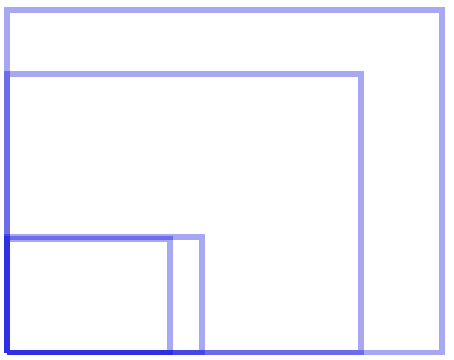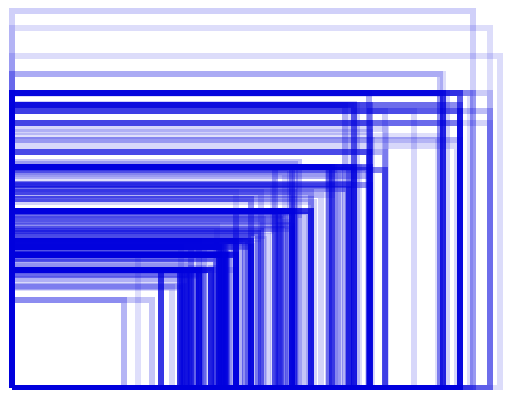Designing for Android
[Update, 6 Jan 2014: This entry has been picked up on Reddit and some other sites, so I feel I should elaborate more on some of my quips with Android. Additions have been noted below.]
I started familiarizing myself with Android design guidelines last month (for an update to a mobile app at my work). Prior to that I only had experience designing for iOS.
Overall I’m not impressed with anything about Android. The iconography lacks sophistication, the typography is derivative and there’s an overall lack of cohesion to the experience of the operating system. Android clearly feels like a system built and designed by engineers, not designers.
My perspective comes from using the Samsung Galaxy S3 and reading Google’s own Design Guidelines website.
It comes as somewhat of a relief that some of my favorite apps look/feel/work almost as good on Android as they do on iOS (Instapaper and Dropbox come to mind). The problem is, even when apps are great, the OS they live in feels clunky and poorly designed. It’s like driving a Porsche on horrible road in a rundown town.
Then we come to designing for Android.
For Apple’s iOS, this is the state of fragmentation across the various device types (via iDownload):

And here is Android’s clusterfuck fragmentation:

Update: When you have as many screen resolutions and dimensions as Android has, it becomes impractical to design for every one of them. What you end up doing then is picking a subset of resolutions and dimensions and designing for those. To use another car analogy, instead of designing perfectly tuned wheels for a few cars, you design a few that perform decently on a lot of cars. Better yet—it’s like designing 4 shirt sizes for people ranging from people who are 5′ 6″, 145 lbs to people who are 6′ 5″, 220 lbs. When use averages in design, you’re watering things down for common denominators. What we have with Android is an operating system that wants to have it’s cake (or whatever pastry is current) and eat it too. They want “open” with beautiful, strict design guidelines. The problem is, you can’t have both (maybe you can? I’d love to be proven wrong). Design still doesn’t seem to be as high a priority as it could be, even on Kit Kat (which is the best designed version of Android thus far, in my opinion).
To drive home how Google lacks taste and sophistication, you need to look no further that Google’s page for Kit Kit, featuring a cheesy cross-promotion with the Kit Kat candy bar. I appreciate the sense of humor they’ve woven into the nomenclature of the OS versions, but where’s the showcase for the actual operating system?
Whether you step back and look at the entire ecosystem of Android or closely examine to the user interface, iconography and typography, it’s just not fun to use, beautiful to look at or enjoyable to design for.